1. Atomic Energy Lab

One of the most jaw-dropping toys of the ’50s was the Gilbert U-238 Atomic Energy Lab. Yes, it actually came with small amounts of real uranium ore so kids could pretend to be scientists. Parents thought it was educational and cutting-edge, but looking back, the idea of kids casually handling radioactive material feels unreal. The kit even included a Geiger counter to measure radiation levels, which only makes it scarier.
The company marketed it as a way to inspire young physicists, but the health risks were obviously enormous. While no cases of harm were officially recorded, the thought of children in a living room playing with uranium is enough to make modern parents shudder. The lab wasn’t cheap, so not every family owned one, but those who did often bragged about it. Today, it’s remembered as one of the most dangerous toys ever sold.
2. Clackers
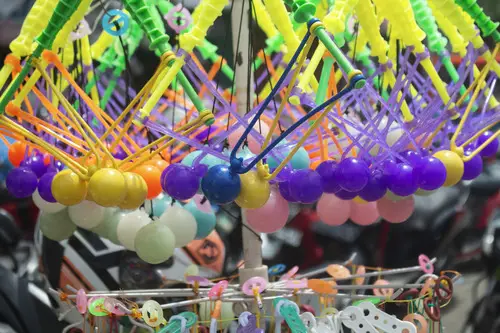
Clackers were two acrylic balls on a string that kids would swing up and down until they smacked together, making a loud noise. They seemed harmless at first, just a test of coordination, but anyone who played with them knows the pain of a stray hit to the wrist. When kids really got going, those heavy balls could shatter mid-swing, sending sharp pieces flying across the room.
Parents didn’t think much of it because they looked simple and cheap, and they kept kids entertained for hours. But the injuries became so common that hospitals reported cases of cuts and bruises from broken sets. Eventually, the danger caught up and the toy was pulled from the shelves. Even so, many who grew up in the ’50s still remember Clackers as the noisy toy that seemed like fun until it turned into a weapon.
3. Lawn Darts
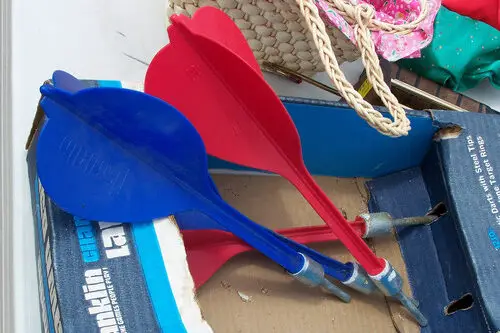
Also called Jarts, lawn darts were a backyard staple for many families in the ’50s. They were essentially sharp, weighted darts you’d toss into the air, hoping they’d land in a plastic ring on the ground. The problem was, they didn’t always land in the ring. Sometimes they landed in the grass, the driveway, or, unfortunately, in someone’s leg.
Parents loved the idea because it got kids playing outdoors, but they underestimated just how dangerous a pointed dart could be when thrown high in the air. Emergency rooms saw countless injuries from these “games.” While many families still played for years, the dangers eventually outweighed the fun. Today, the original steel-tipped versions are banned for a reason.
4. Roller Skates with Metal Wheels
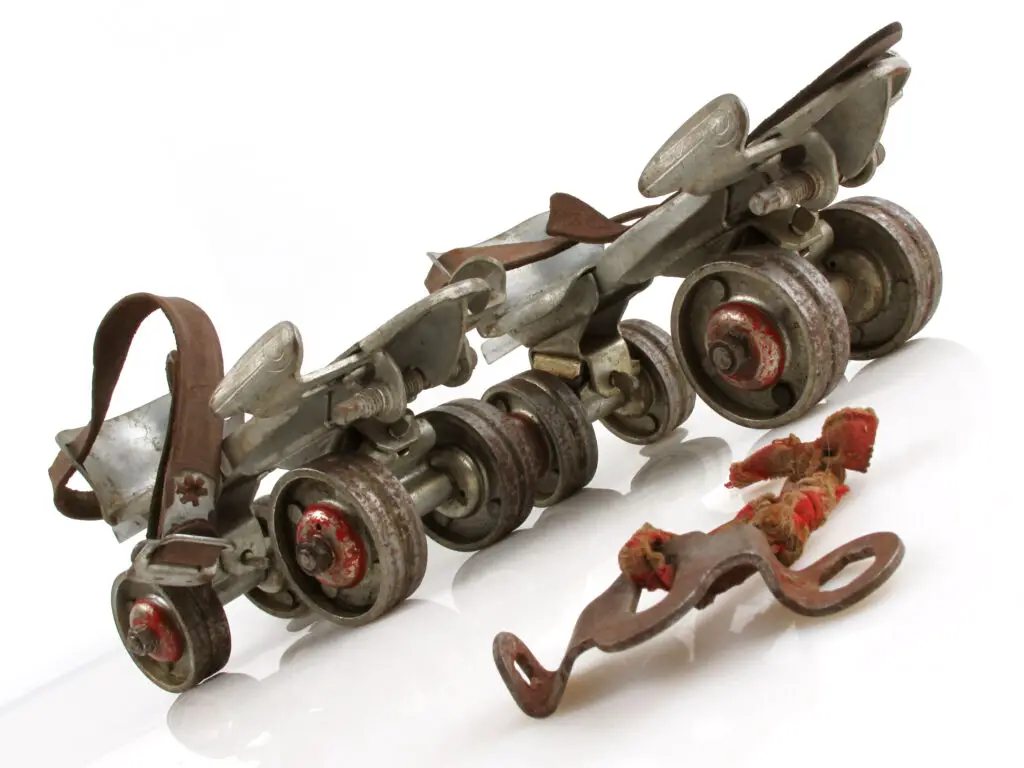
Before smooth polyurethane wheels became standard, kids in the ’50s strapped metal-wheeled skates onto their shoes. They were clunky, noisy, and nearly impossible to control on sidewalks. If the surface wasn’t perfectly smooth, the skates would catch, sending kids tumbling forward onto the pavement.
Parents saw them as harmless exercise, not realizing how unsafe they were without helmets or pads. Skinned knees and broken arms were common, but children wore their scrapes like badges of honor. Looking back, it’s shocking how little protection was available. The old metal skates are now a nostalgic reminder of just how rough-and-tumble playtime used to be.
5. Belt Buckle Derringer
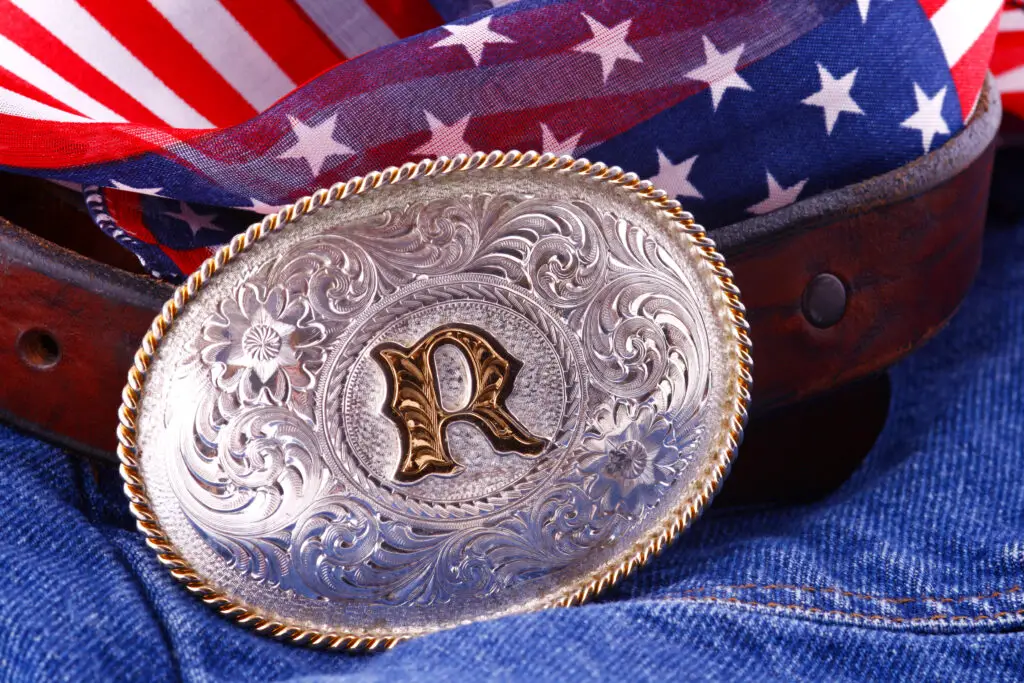
Yes, this was a real toy: a belt buckle that concealed a small cap gun. Kids could flip a switch and the buckle would fire off a cap round from their waist. It sounded like the ultimate cowboy accessory, perfect for children who idolized Western heroes. The danger, of course, was obvious—it aimed at close range, usually at whoever happened to be standing nearby.
Parents thought it was a clever novelty, but accidents happened when kids fired it at too close a distance. Burns, startled falls, and even minor injuries were reported. It blended fashion with firepower in a way that wouldn’t stand a chance today. Still, kids of the era loved the thrill of feeling like a quick-draw gunslinger.
6. Creepy Crawlers Mold Kits
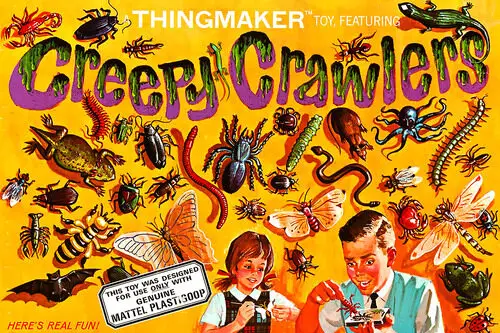
These kits let kids create rubbery “bugs” by pouring a goopy liquid called Plastigoop into heated metal molds. The idea was fun and creative, but the execution was a little terrifying. The molds had to be heated by a plug-in oven, which got hot enough to cause serious burns. The liquid itself contained chemicals that weren’t exactly child-safe either.
Parents assumed it was harmless crafting, but many kids ended up with blistered fingers from touching the hot plates. The chemical fumes also weren’t ideal in small rooms. Despite this, Creepy Crawlers became a big hit and kids begged for refills. Today, the original kits are remembered as both fun and frightening science experiments disguised as toys.
7. BB Guns
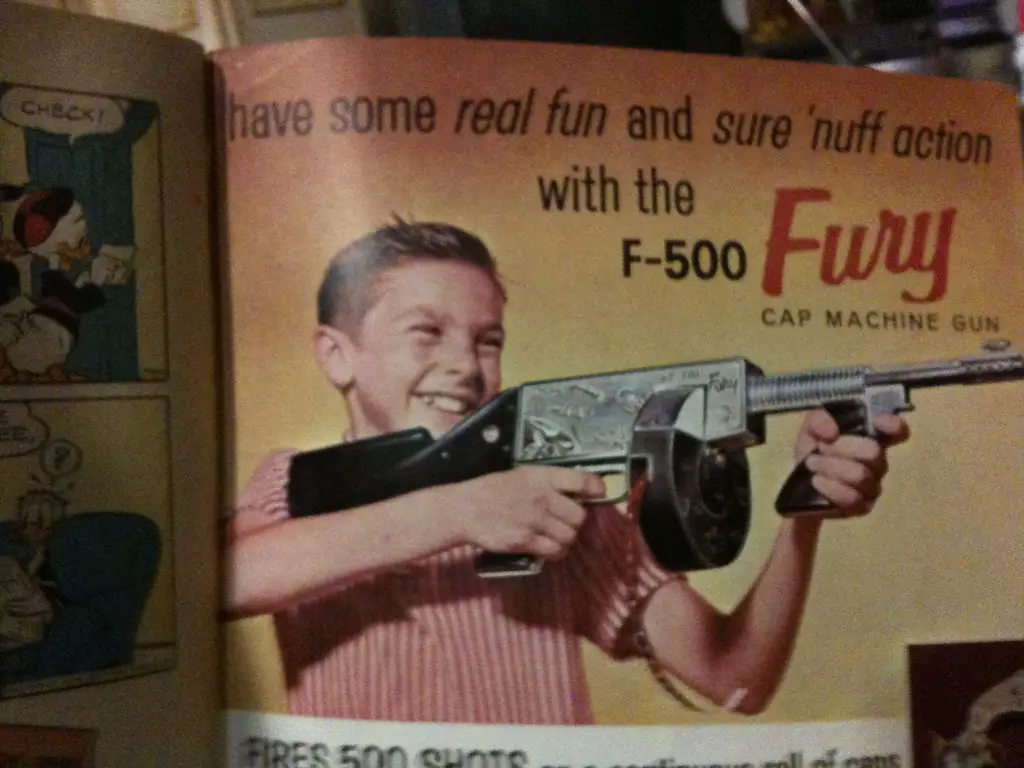
Made popular by cowboy movies and TV shows, BB guns were a must-have toy for many boys in the ’50s. They looked almost identical to real rifles and could fire pellets with surprising force. Advertisements encouraged parents to buy them, claiming they built character and responsibility. What they really built was a long list of injuries, from chipped teeth to eye damage.
Parents often dismissed the risks, chalking it up to “boys being boys.” But emergency rooms saw a steady stream of accidents involving BB guns. Despite the dangers, they remained popular for decades and even became part of family traditions. For many kids, owning one felt like a rite of passage, even if it meant risking serious injury.
8. Toy Cap Guns
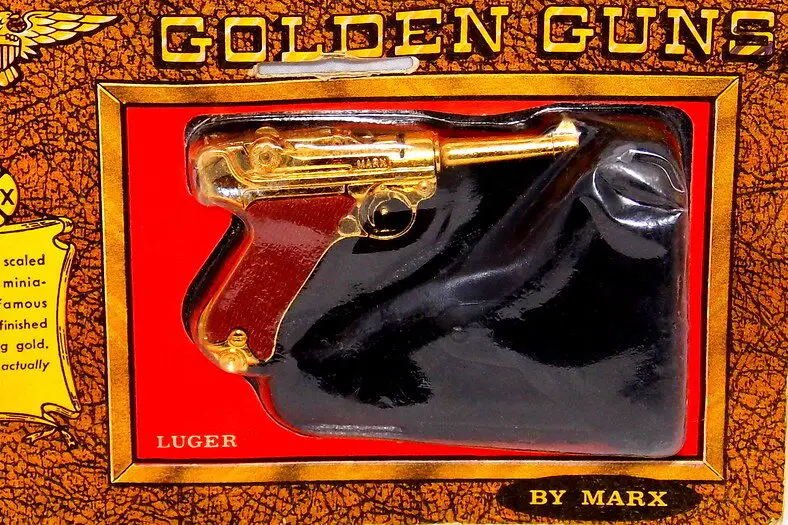
Cap guns were designed to make kids feel like real cowboys, complete with a loud bang and a puff of smoke. They used small paper or plastic caps that ignited when struck, giving off sparks. While thrilling for children, they also posed risks of burns, hearing damage, and sometimes even small fires when sparks hit fabric.
Parents bought them in droves, thinking they were safer than BB guns, but overlooked the fact that sparks and children rarely mix well. Many kids ended up with scorched fingers or startled friends. The smell of gunpowder became a familiar part of backyard games. They were fun, yes, but definitely not the safest toy in the box.
9. Woodburning Kits
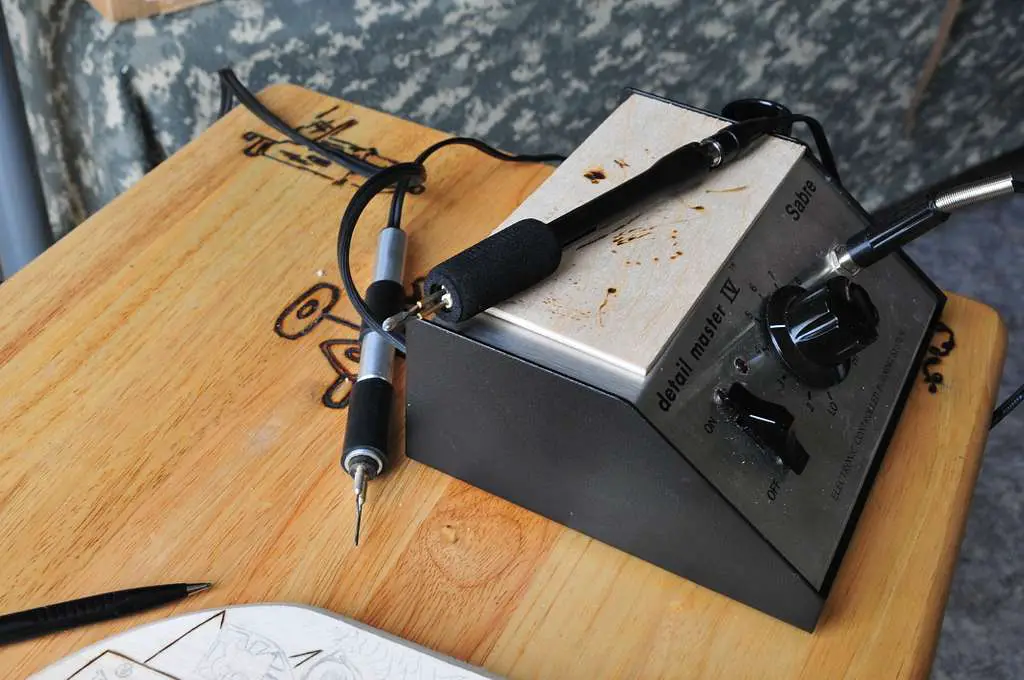
Believe it or not, many children in the ’50s were gifted woodburning sets that included a real hot iron tool. The idea was to let kids create decorative designs by burning patterns into wood. The problem was that the tip could reach temperatures high enough to cause third-degree burns. Combine that with no parental supervision and you had a recipe for accidents.
Parents saw it as a wholesome hobby, never mind that kids were handling what was essentially a soldering iron. Burnt fingertips and scorched tables were common results. Some children got hooked on the smell of burning wood, which added to the appeal. Looking back, it seems wild that anyone thought this was safe for kids.
10. Sling Shots
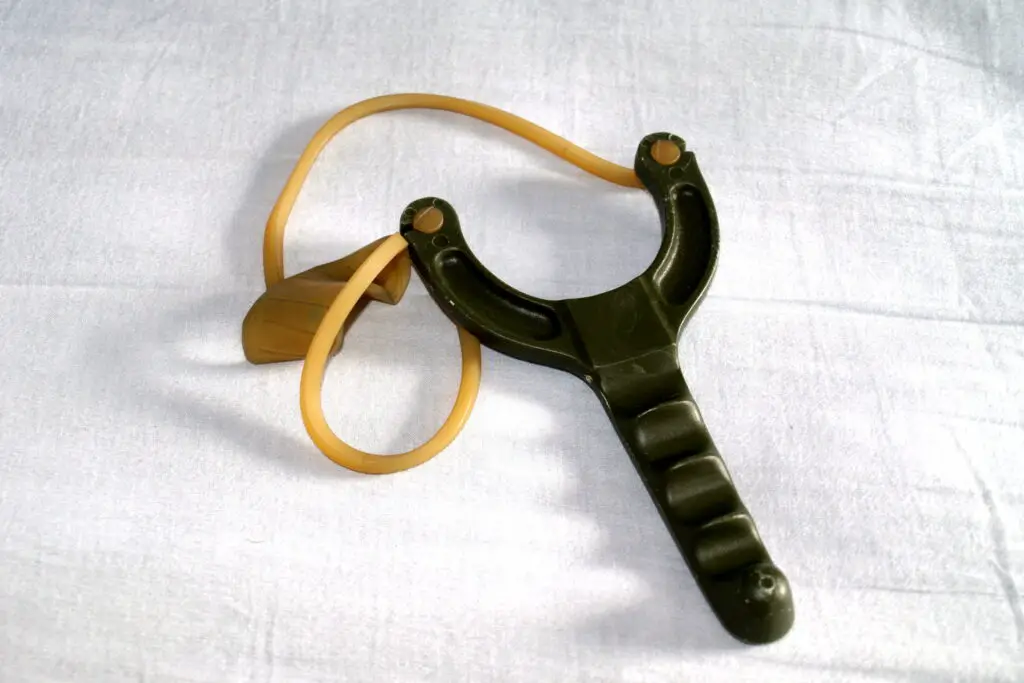
Sling shots were the classic mischievous kid’s weapon of choice. They were small, easy to use, and could launch rocks, marbles, or anything else a child could find. Parents treated them as harmless backyard fun, but in reality, they could cause real damage. A stray shot could break a window or, worse, hit another child in the face.
While movies and cartoons made them look like simple toys, kids quickly learned how powerful they could be. Many parents didn’t step in until something valuable got broken. In the wrong hands, a slingshot was practically a weapon. Still, for adventurous kids, it was one of the most thrilling things you could own.
11. Chemistry Sets
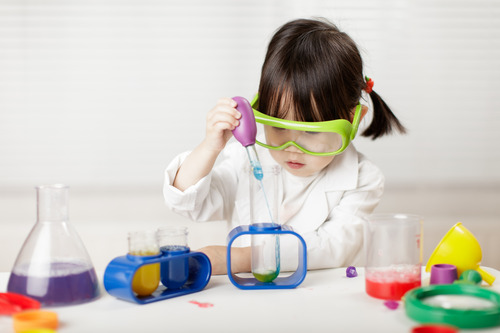
Every budding scientist wanted a chemistry set in the ’50s. They came with all sorts of powders, liquids, and glass beakers, promising hours of experiments. The problem? Many of those chemicals were flammable, corrosive, or outright toxic. Kids could easily create dangerous reactions right on the kitchen table.
Parents thought they were fostering curiosity, but they were also handing over little kits of chaos. Stories of burns, explosions, and toxic fumes weren’t uncommon. Yet chemistry sets continued to sell because they seemed so educational. Today, they’re remembered as both inspiring and incredibly risky toys.
12. Toy Guns with Realistic Designs
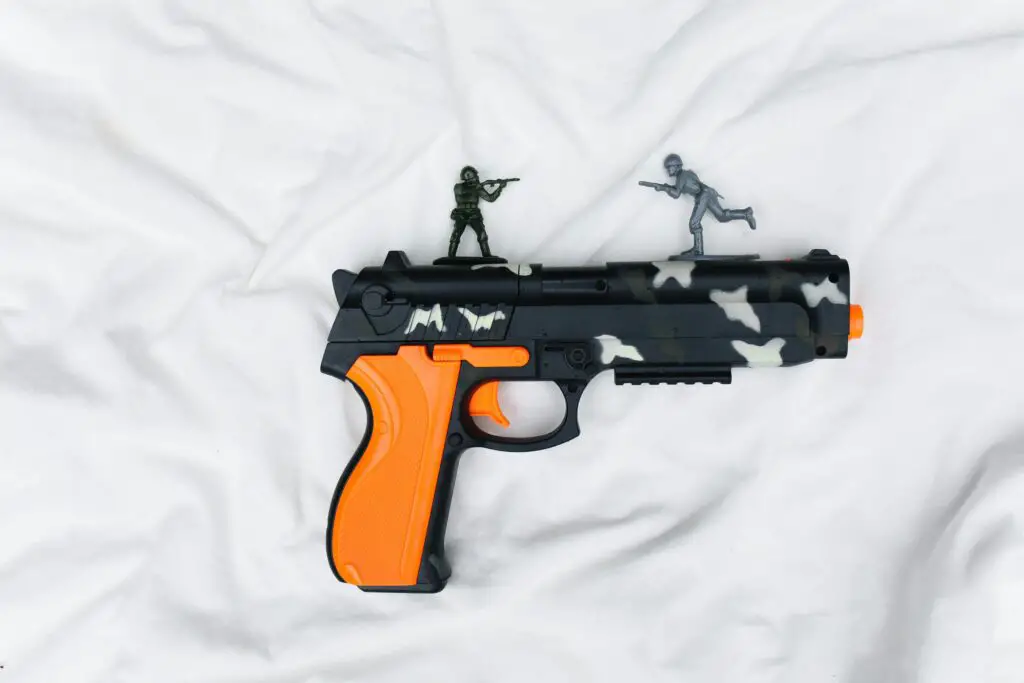
In the ’50s, toy guns often looked so real that it was hard to tell them apart from actual firearms. Kids proudly carried them in holsters while playing “cops and robbers” in the neighborhood. The problem came when neighbors or even police couldn’t tell the difference. Although meant for innocent fun, these realistic toys sometimes led to very dangerous misunderstandings.
Parents didn’t see the issue at first, since Westerns dominated TV and toy guns felt like an extension of pop culture. But there were close calls, with some children getting into trouble simply for playing in the wrong place at the wrong time. Today, toy guns are required to have bright colors or orange tips for safety. Back then, the realism was part of the appeal, even if it came with serious risks.
